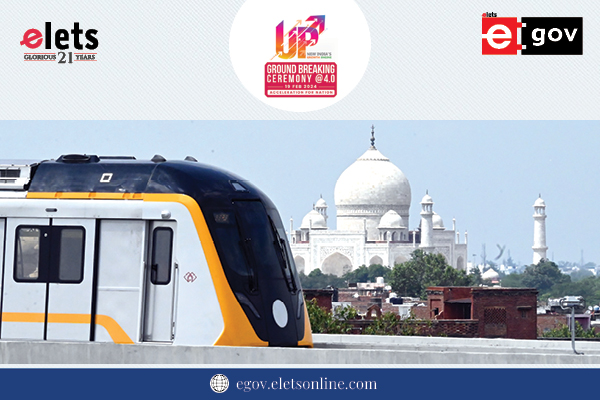After taking the telecom sector by storm, mobile phones are set to change the way healthcare is delivered
By Dhirendra Pratap Singh
 Wireless connections have outpaced wired implementations in most parts of the world. The penetration of mobile devices in hard to reach geographies, has given the stakeholders in healthcare a reason to adopt this technology for delivery of healthcare. mHealth is quickly emerging as a channel that drives accessible, real time and efficient healthcare delivery.
Wireless connections have outpaced wired implementations in most parts of the world. The penetration of mobile devices in hard to reach geographies, has given the stakeholders in healthcare a reason to adopt this technology for delivery of healthcare. mHealth is quickly emerging as a channel that drives accessible, real time and efficient healthcare delivery.

Mobile Healthcare or mHealth is a term for medical and public health practice supported by mobile devices, such as mobile phones, patient monitoring devices, PDAs, and other wireless devices. mHealth applications include the use of mobile devices in collecting community and clinical health data, delivery of healthcare information to practitioners, researchers, and patients, real-time monitoring of patient vital signs, and direct provision of care (via mobile telemedicine).
For the first time in India, a mobile phone doctor-to-patient service called ‘Doctor on Call’ was launched. The 9 to 9 service that provides live interaction was pioneered by BPL Mobile, Mumbai’s leading mobile service.

Last year, Bihar State Government announced to give free mobile phone services to its doctors in an attempt to reduce truancy. Many government doctors neglect their official duties by practising privately on the side. The main purpose of the move is to be able to get in touch with the doctors at any time. Their movements will also be tracked by a system.
Scientists at the University of California, Los Angeles (UCLA) have created a cell phone that can monitor the condition of HIV and malaria patients and test water quality at disaster sites and undeveloped areas.
UCLA electrical engineering professor Aydogan Ozcan has constructed the new innovative imaging technology, which has been miniaturised by researchers in his lab to the point that it can fit in standard cell phones. The imaging platform, known as LUCAS (Lensless Ultra-wide-field Cell monitoring Array platform based on Shadow imaging), has now been successfully installed in both a cell phone and a webcam.
However, healthcare providers and operators/carriers are embracing mHealth to target and treat consumers suffering from chronic care/lifestyle disorders. For the providers, a chronic care patient is a “Big Ticket” patient who often needs follow-up consultations, frequent diagnostics, nurse and ancillary help. These patients also sign up for disease management programs and occasionally need surgical interventions which are money spinners. For the operators/carriers, providing mHealth services result in a revenue stream from value added services – long term subscription to tips, reminders, self care apps, IVR based self help contact centre solutions.
The way forward is to shift the focus to driving medical value – mHealth solutions should build efficiency and must cut costs in healthcare delivery. Stakeholders need to collaborate to bring down technology costs and make it easier for the consumer to adopt mHealth solutions. A successful mhealth model should have a cross-carrier approach for the infrastructure; solutions should be handset independent and should work with a variety of connectivity standards (Bluetooth and GPRS) with minimal switching costs. Over the next few years, stakeholders will take advantage of the ubiquity of the mobile phone to develop and deliver mHealth solutions to everyone regardless of their financial or social position.
Be a part of Elets Collaborative Initiatives. Join Us for Upcoming Events and explore business opportunities. Like us on Facebook , connect with us on LinkedIn and follow us on Twitter, Instagram.











